Shipping update for the 2025 Holiday season, including shipping to the US.
Interview with Nathan from Missing
Missing is a well-known brand in the worlds of playing cards and cardistry. They keep evolving and pushing the boundaries of what playing cards can look like.
In August 2025, we met with Nathan, the founder of Missing and the head designer, in China for the Asia Card Convention 2025. We shared lengthy conversations and became friends. His views on playing cards are truly unique.
We knew we had to get Missing decks into our store, and we did it. To celebrate our new friendship and collaboration with Missing, we asked Nathan a few questions about his brand, playing card design, and cardistry. His answers provide great insights.
Enjoy!
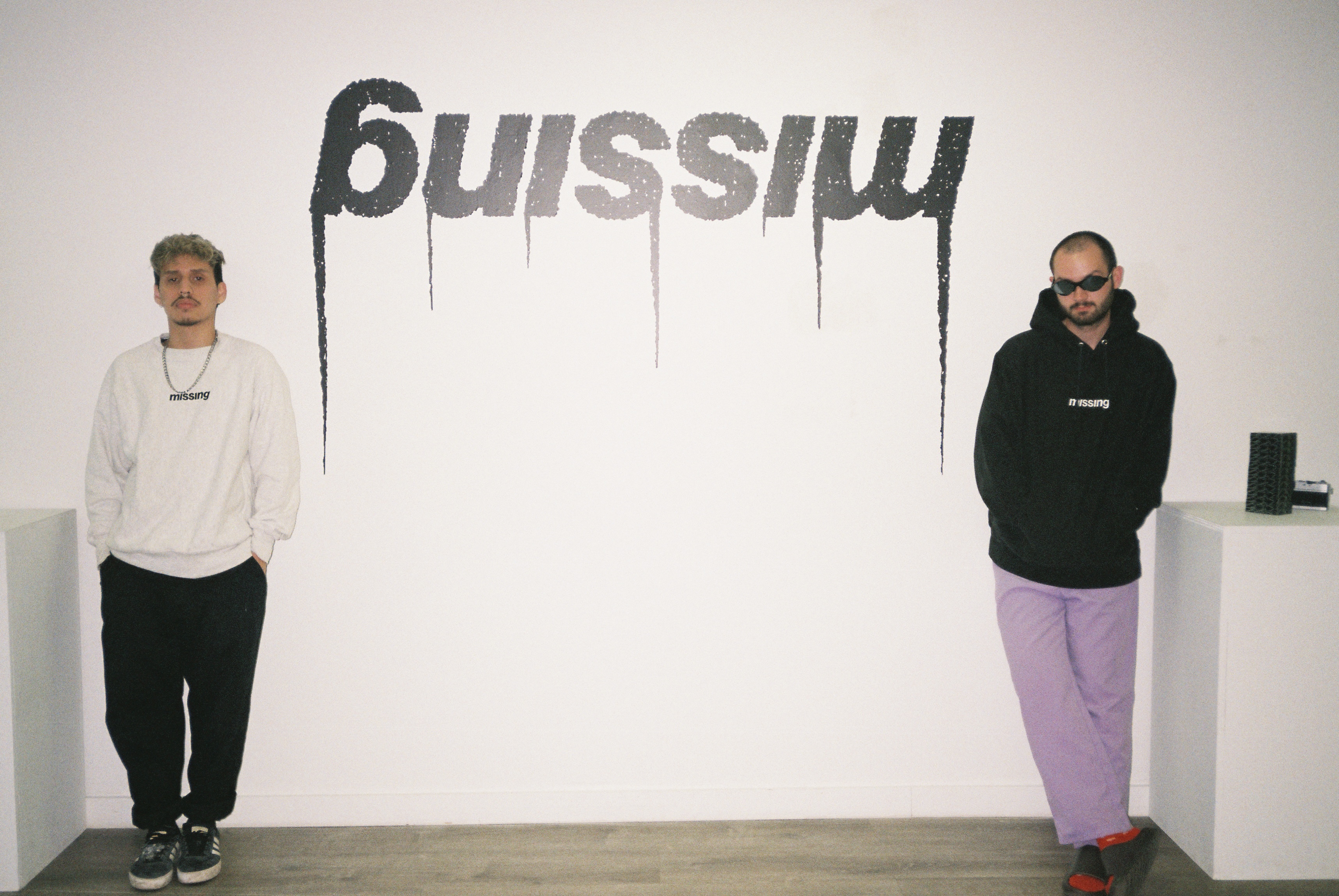
//Picture: Two members of Missing - Leo Flores (on the left) and Nathan Stichter (on the right).
Interview with Nathan
How would you describe Missing to someone who doesn’t know your brand?
Missing is a New York–based playing card studio. Our primary focus is on cardistry.
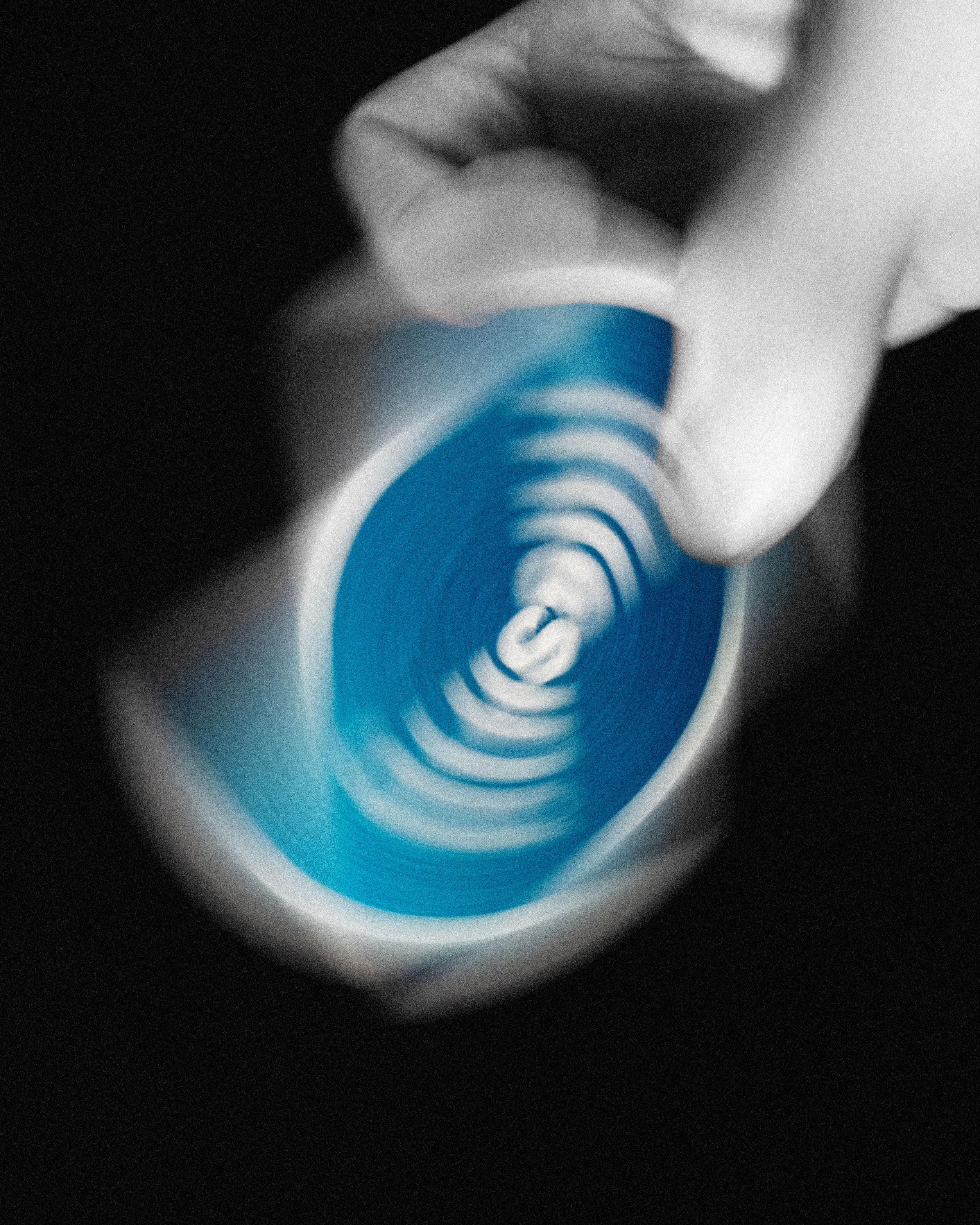
//Picture: A flourish called "Pirouette" with Missing Base Foil Playing Cards.
What were your initial goals when you started Missing, and how have they changed over time?
About a decade ago, most cardistry decks being produced featured simple vector-based artwork, and while clean design like this can certainly accentuate cardistry, we wanted to see decks with more texture. So that was our initial goal — producing cool decks with texture-heavy raster-based artwork.
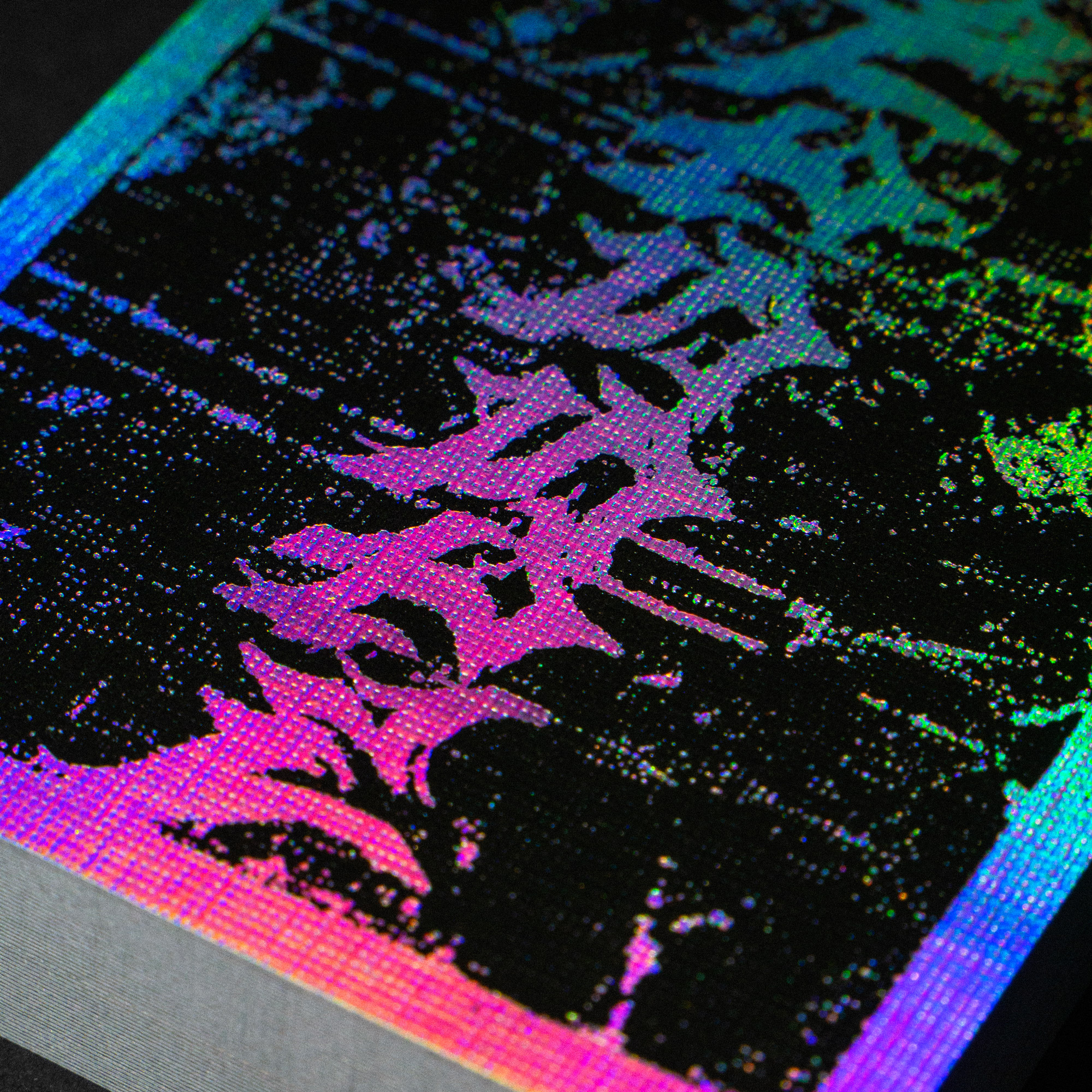
//Picture: Scotopic Playing Cards by Missing
Texture is still an important part of our work, but what excites us the most now are new ideas that go beyond just the artwork itself and instead expand functionality. For example, our new percentage–size decks, which proportionally scale down the size of the cards to better fit smaller hands. Increasing accessibility and growing the community are our top priorities.
It might have gone a little under the radar, but you created something that’s never been done before, and that’s smaller-sized decks. The Base Foils and NY Slims were released in 100%, 93%, and 87% sizes. What do the percentages mean, and why did you make these?
I’m super passionate about these and have a lot to say about them, haha. For the longest time, the community has generally held the belief that hand size doesn’t matter and that practice can solve everything. I had believed this too, but I was duped, haha. The idea that hand size doesn't matter is simply not true. And we tested this by printing oversized decks — to simulate what someone with smaller hands feels when using poker-size cards. And it was terrible — both difficult to do moves, and just not fun or comfortable. This is when we knew we had to produce smaller cards to better accommodate people with smaller hands.
And while there are some smaller decks like bridge size, they aren't proportional to poker dimensions, so the feeling is completely different. To ensure people with smaller hands can have the same exact experience as people with larger hands, we needed to scale the sizes down proportionally. To find the best new sizes, we used poker-size as the 100% template, then sampled smaller sizes in increments of 2.5%, all the way down to 50%. Like 97.5%, 95%, 92.5%, and so on. We then tested these in smaller hands, with the goal of determining which sizes, on average, best accommodate the majority of people.
Ideally, when someone with smaller hands holds a smaller deck, it should look the same as someone with larger hands holding a poker-size deck. So we used this idea as a visual reference point throughout our testing — does the deck visually look too big in hand, or does it look too small? After further testing, we landed on 93% and 87%. These new sizes will help better accommodate the majority of smaller hands, making it possible for a whole new generation of cardists to join the community.

//Picture: Size comparison of 87%, 93%, and 100% sized decks.
The 93% size is best for people who are almost comfortable with 100%, but could benefit from something a bit smaller. And even for people who are happy using 100%, 93% is still a fun and comfy alternative for something different. The smaller 87% size is best for people who really struggle to even comfortably hold a 100% size deck.
Cardistry is already difficult enough to get into — it takes a lot of practice and dedication. And for people with smaller hands, these difficulties are compounded, making cardistry nearly inaccessible. These smaller sizes will help reduce what I believe is the biggest entry barrier for newcomers. And not only younger kids, but also adults who have smaller hands, too.
Additionally, while our focus is primarily on cardistry, smaller-sized decks have huge potential within the magic world, too. Palms, passes, color changes, and countless other sleights are easier to execute and conceal. I’m excited for the future of smaller sizes.
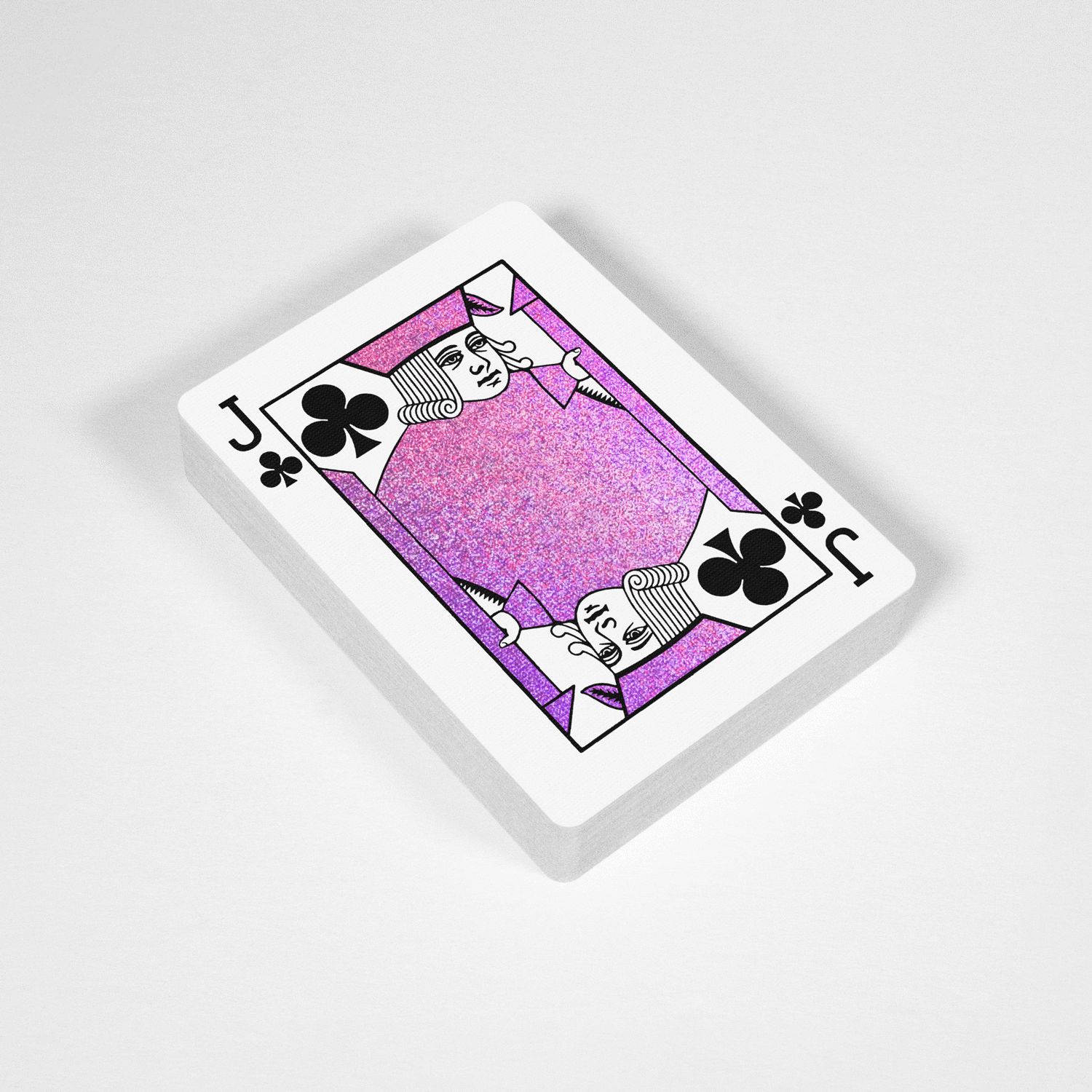
//Graphic: Display of size differences of the 87%, 93%, and 100% sizes of the Missing Base Foil Playing Cards.
Your decks are easily recognizable thanks to their distinctive look. How did you get into design and designing playing cards?
Cards have been a special interest of mine since I was 3 years old. As a kid, I was obsessed with lining them up in rows on the floor. I think cards of all kinds are the coolest things in the world. I got into playing cards specifically when I was 12 via magic, and then design when I was 15. Adobe had a free download available for Photoshop CS2, so I downloaded it one night and have been in love ever since. Combining my two passions felt natural. I released my first deck independently when I was 18. Since then, I've had a hand in 100+ decks.
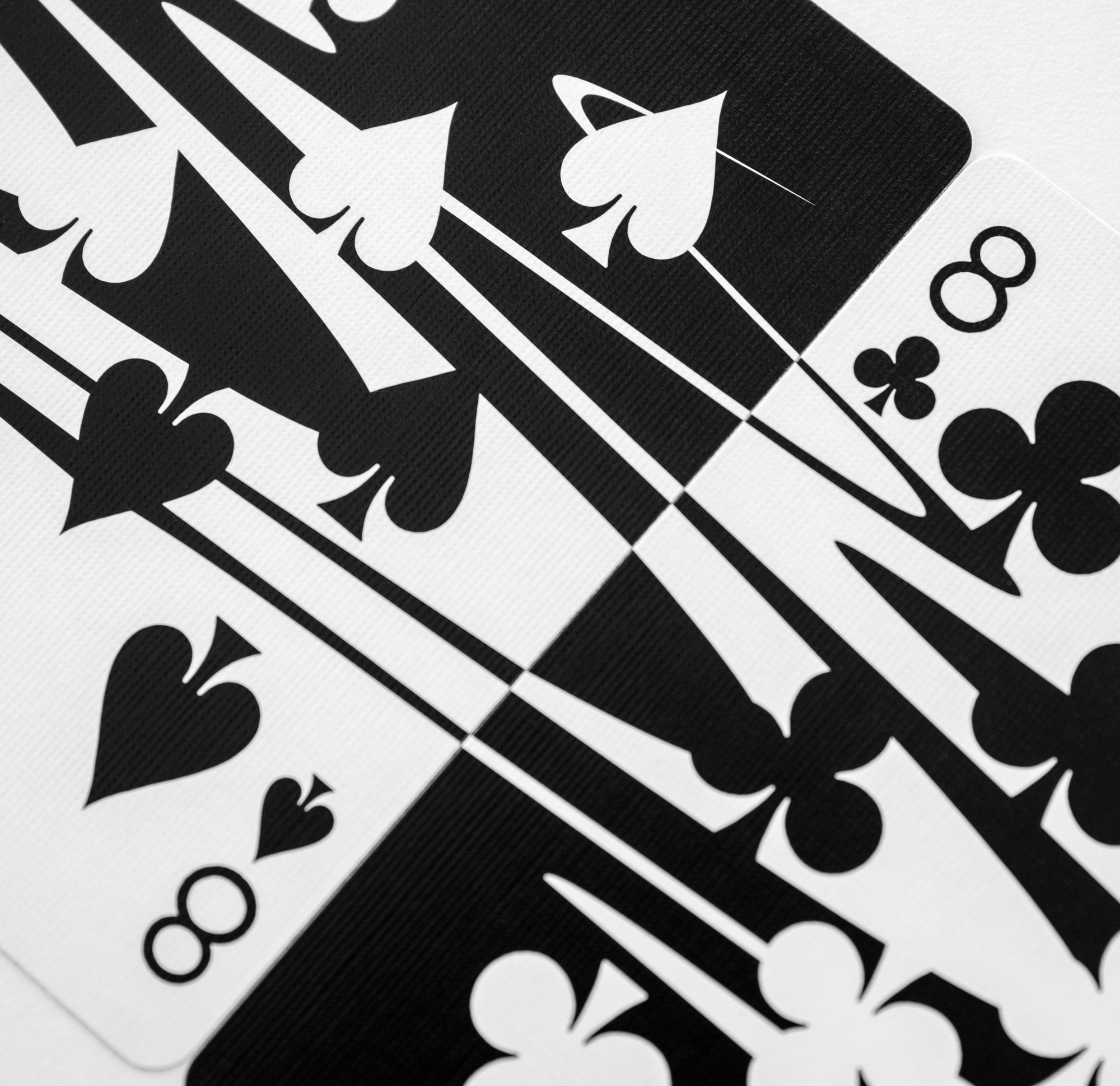
//Picture: Wavy Playing Cards
Where do you get inspiration for new decks?
Anything and everything. From lil imprint stains that leftover mac and cheese leaves on the bottom of tupperware, to the way toothpaste looks when you spit it out in the sink, anything can be inspiration. I guess I’m typically most drawn to textures in general. I feel like I’m always thinking about everything in terms of cards, though — it’s like my brain’s baseline. If I see anything, I’m automatically picturing how it could translate to card form. It can be a challenge to disengage at times, haha.
Missing, at least to me, is constantly pushing the boundaries of what can be done with a deck of cards. In 2023, you introduced the first Holy deck. In 2025, you released the laser-cut Beam Playing Cards with Room One. How do you come up with these innovations?
I get the most excited about novel concepts. In my day-to-day life, I crave cozy repetition and routine, so maybe pushing for new stuff within the card space is a subconscious thing to balance my more boring side. Also, the process of experimenting with cards is just fun.
In regard to our original Holy deck, this was inspired by Tom Sach’s ‘Shop Chair’ — a wooden chair with circular cutouts.
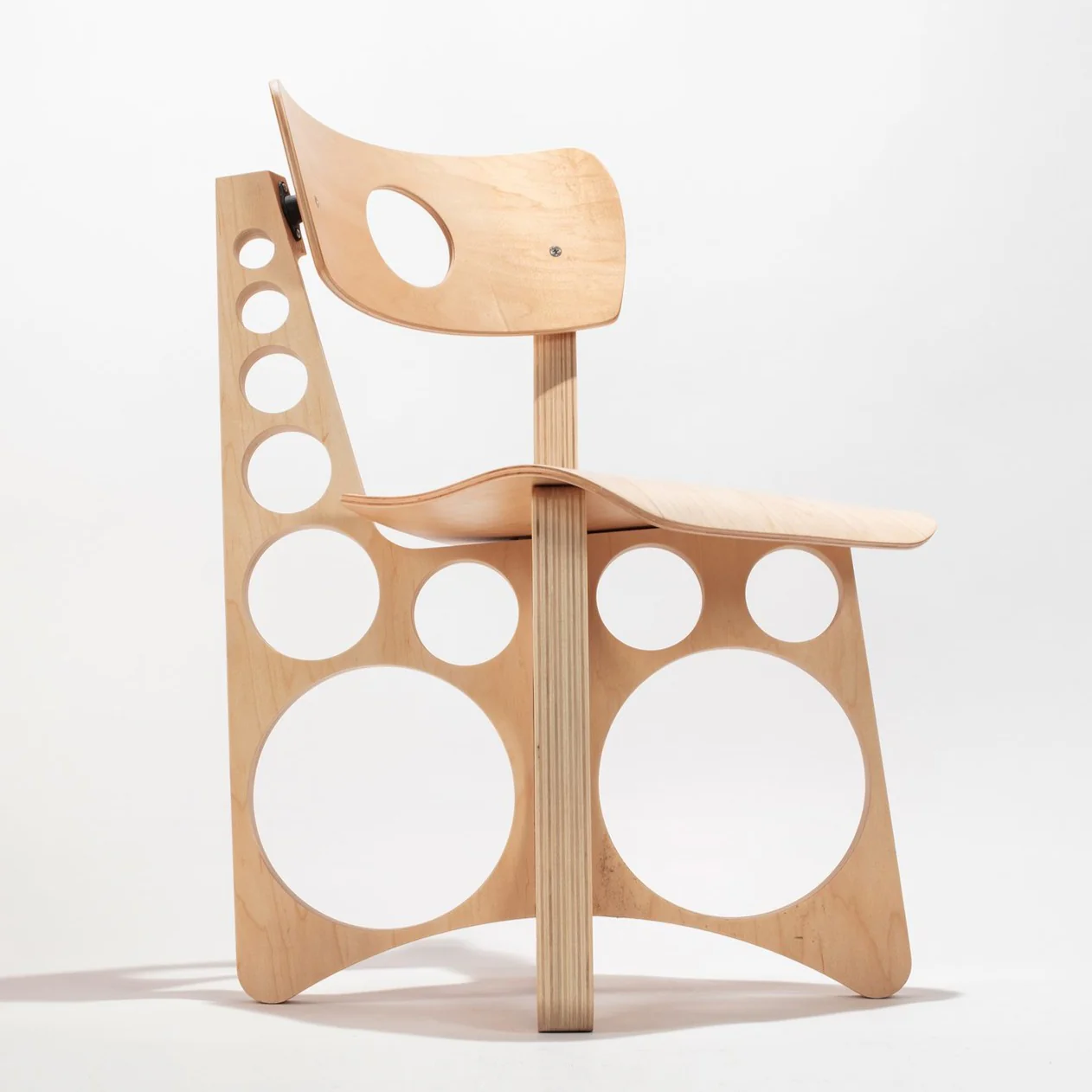
//Picture: Tom Sach’s ‘Shop Chair’
I thought it could be cool for a deck to have circular cutouts, too, just for the visual. For decades, casinos have been canceling used decks by hole punching them, so the concept of holes in cards isn’t exactly new. Traditionally, they’ve only had a singular hole, though, and it doesn’t align after the deck has been shuffled. I wanted a deck with holes you could always see through, even post-shuffle. So the goal was to produce a deck with a symmetrical pattern of multiple holes that are always aligned.
In 2022, my dad and I started prototyping with a CNC mill to test out various hole sizes. I was expecting the handling to be poor from so many holes, but surprisingly, they still felt great even after being clamped and drilled. Initially, I wanted to keep the holes pretty small, but to be able to put your finger all the way through a deck seemed too fun not to run — and since they still handled well, the new cardistry possibilities with bigger holes felt exciting too.
We worked with Legends on mass production. They brought it all together with precision die-cuts, and they killed it.
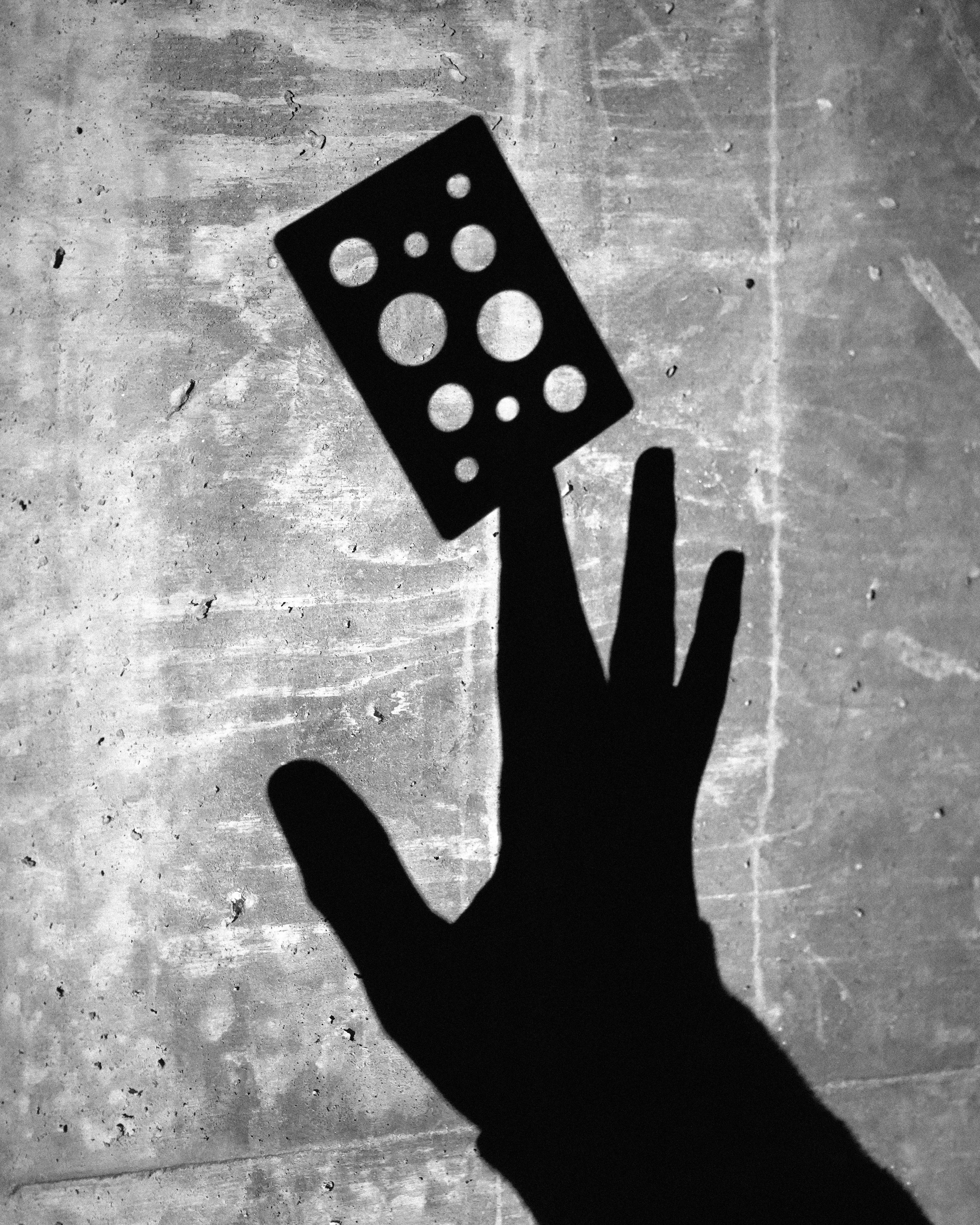
//Picture: A shadow cast by Holy Playing Cards by Missing.
Ever since releasing Holy, we’ve wanted to experiment more with other cutouts, too — like a deck with a cutout of our logo. Earlier this year, Room One had pitched this exact concept to us, so it was exciting to collaborate with their team on this idea. Initially, we tested a complete cutout of our entire logo, but the shape of some letters left behind protrusions that significantly impacted handling and durability. Room One had the idea to use smaller holes to form the logo, and the effect was sweet.
We’ll do a lot more with laser cutting in the future — endless potential there.
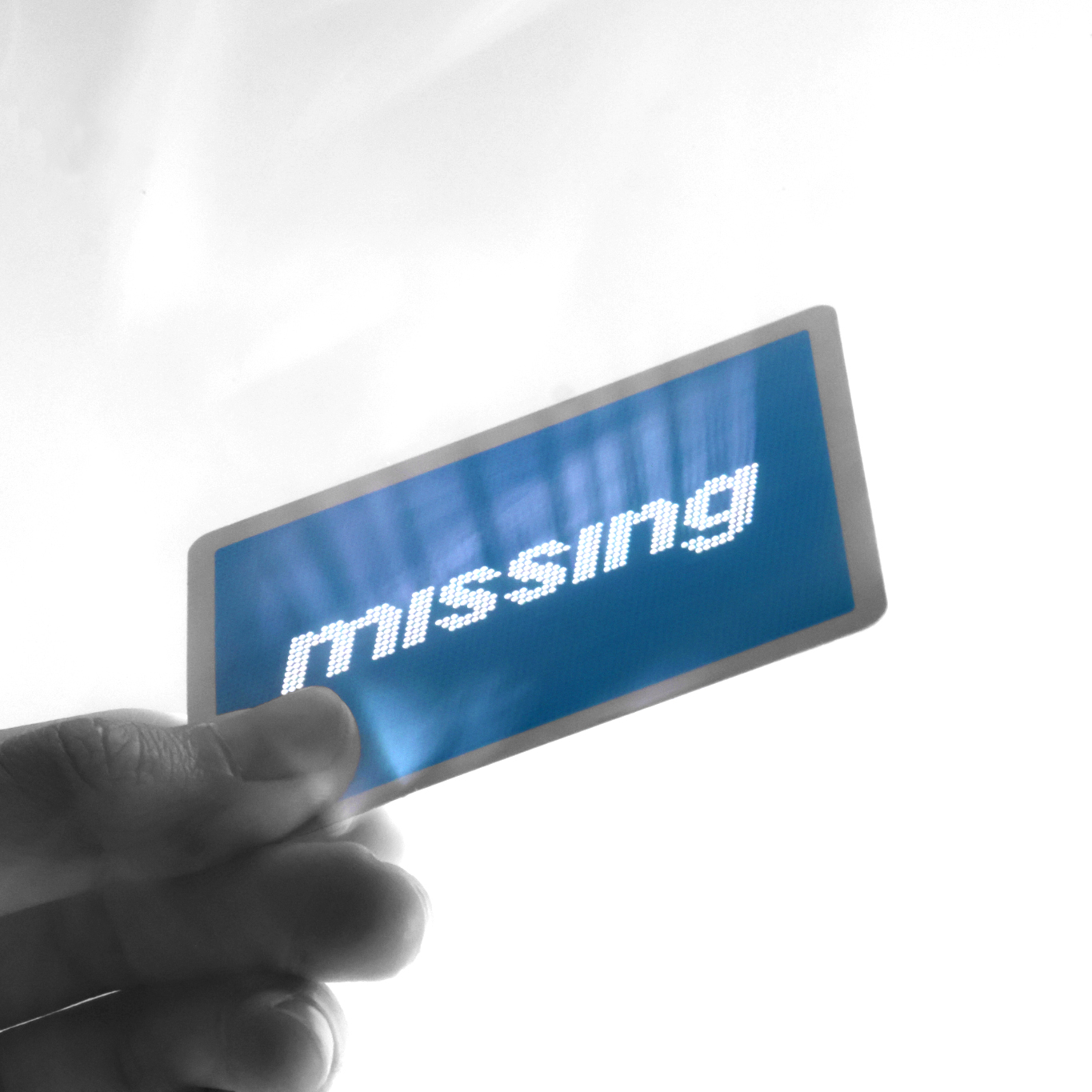
//Picture: Beam Playing Cards by Missing and Room One.
Missing is very active in the cardistry community, trying to attract more people to this art form. You have a Discord channel and do regular contests. What are they about and how can people join in?
Keeping the community active and engaged is important to us. One way we do this is through our monthly “Creation Contests” on Discord. We come up with a move prompt — like “make a move without using your thumbs” or “make a move using a kickflip.” Cardists then have a few weeks to come up with something new, and we’ll have a judge vote on their favorite entry.
Most cardistry contests typically involve saving up a ton of original moves, whereas this prompt-based structure instead encourages cardists to come up with something new on the spot and get creative each month. It's also intentionally casual — anyone can join anytime through our Discord. It’s less about perfect execution and more about raw creativity.
One last question. If anyone reading this wants to get into cardistry, what three tips would you give them to help them start?
1. Search ‘cardistry tutorials’ on YouTube and start with some basics like charlier, thumb fan, and sybil
2. If 100% size cards feel uncomfortable, explore our smaller sizes to see which you prefer
3. Get tapped into the community via Instagram and cardistry Discords
Also, don’t feel pressure to create original material. I don’t create any moves — I just fidget with cards for fun to stim. There’s no right or wrong way to do cardistry.
And thank you for taking the time to interview me!
If you feel inspired and would love to see more of Nathan's and Missing's work, make sure to follow both on Instagram.
Discussion (0)
Be the first who will post an article to this item!
